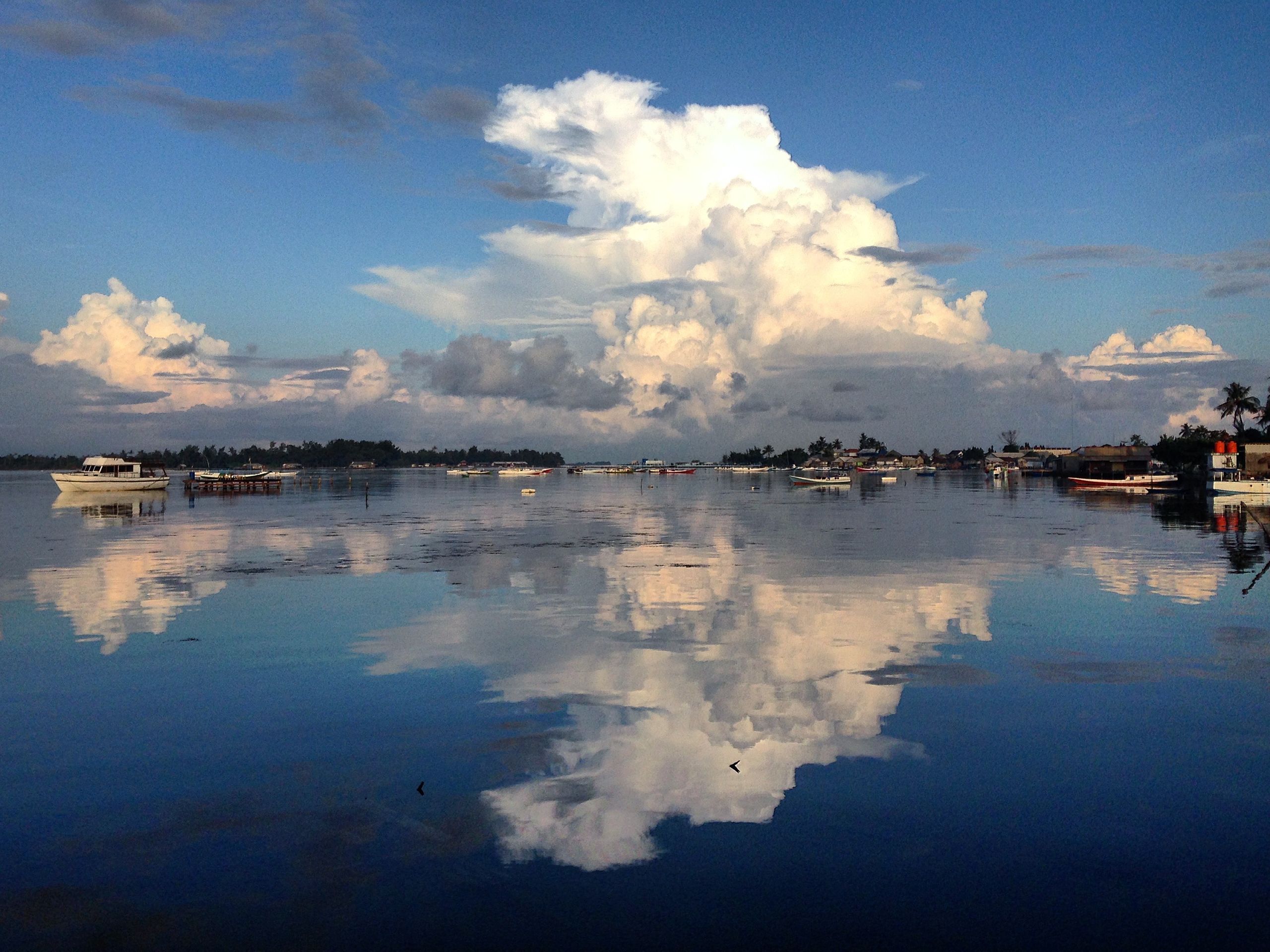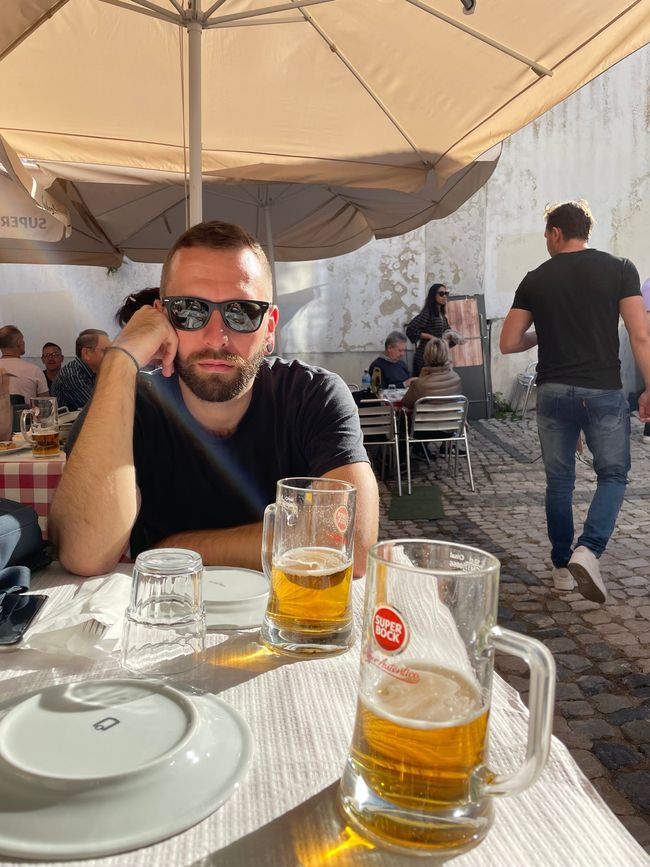Puerto Madryn - Península Valdéz
Published: 12.07.2024
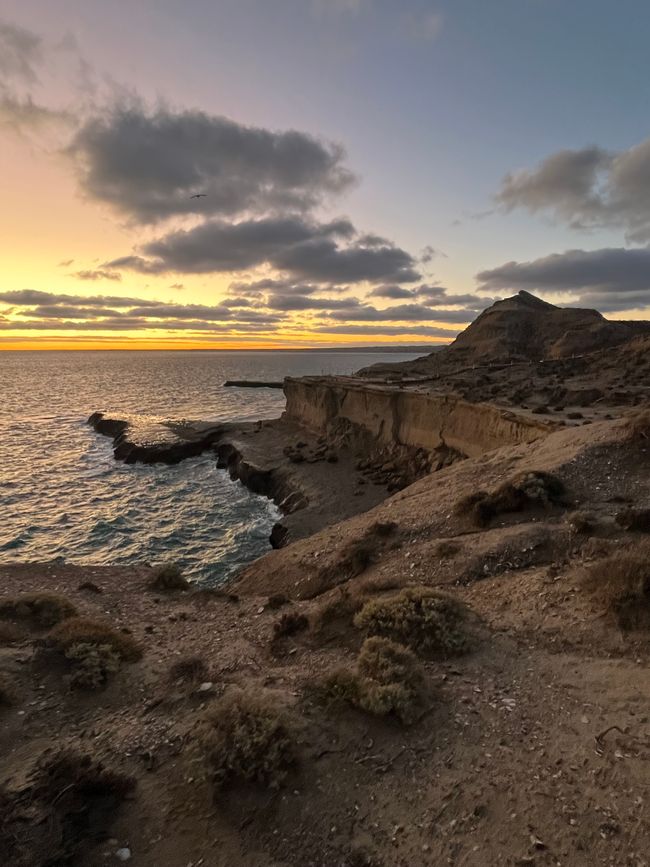
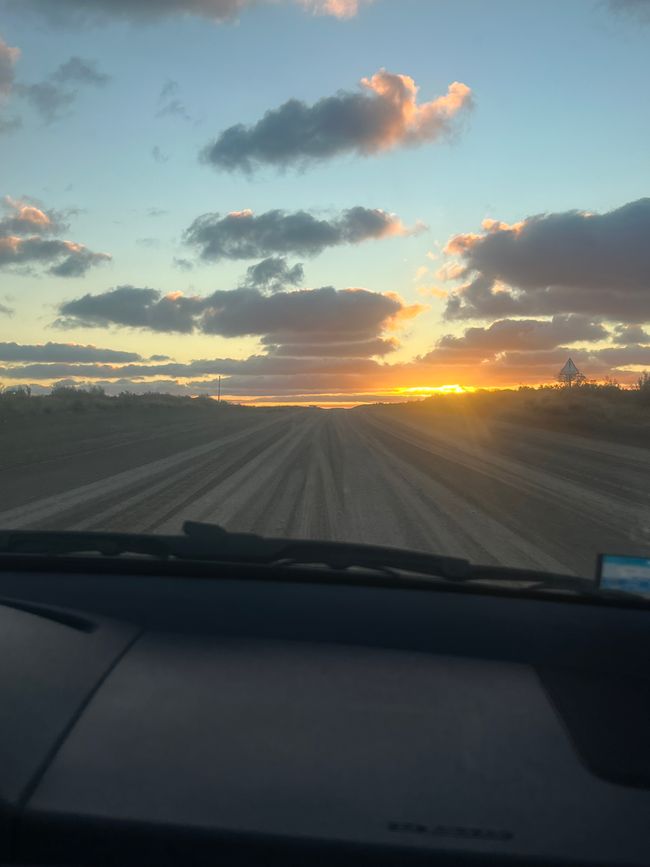
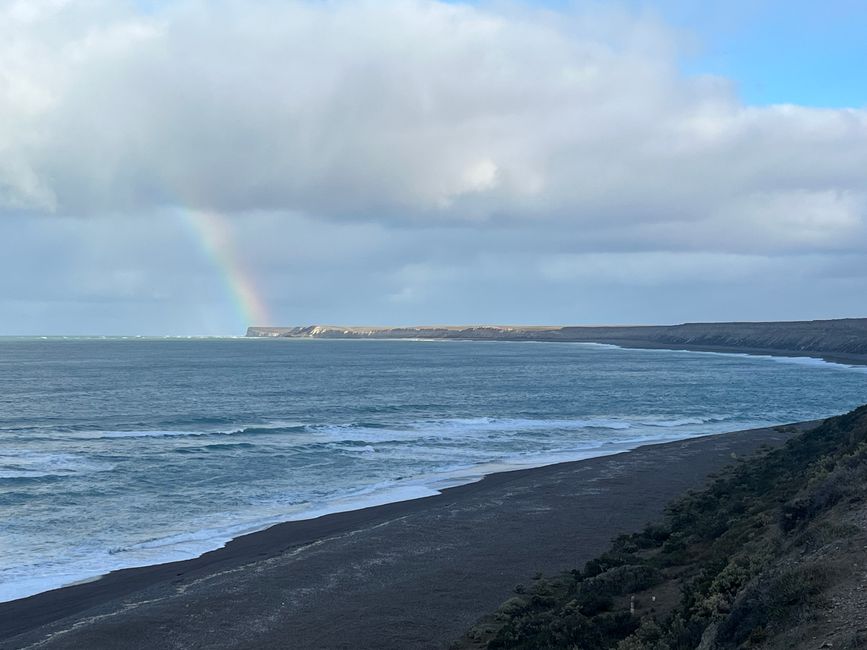
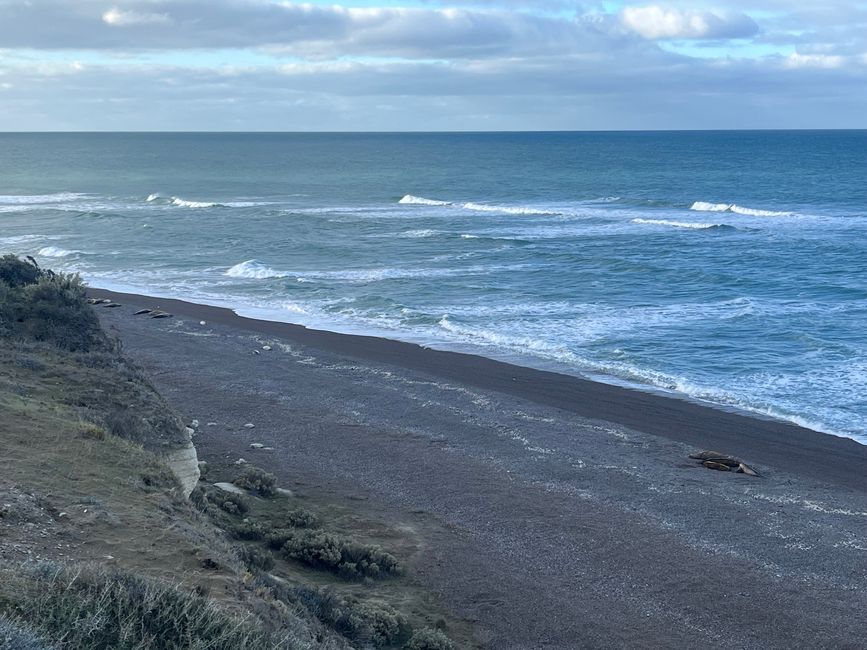
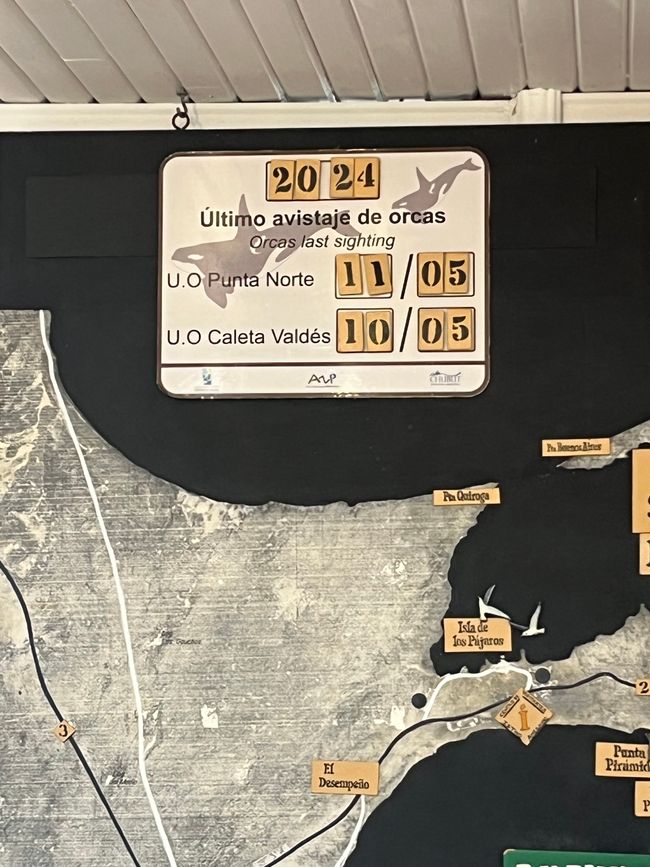
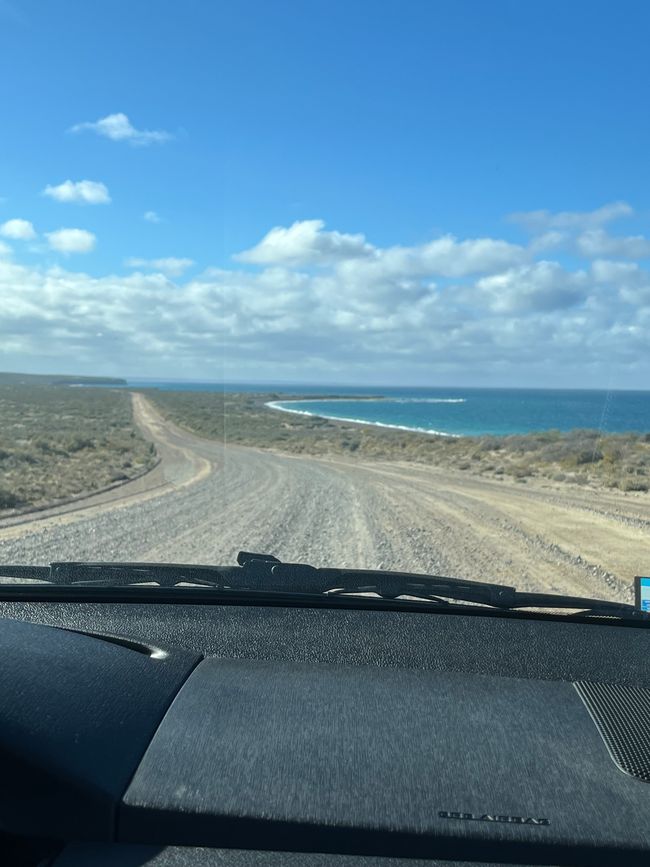

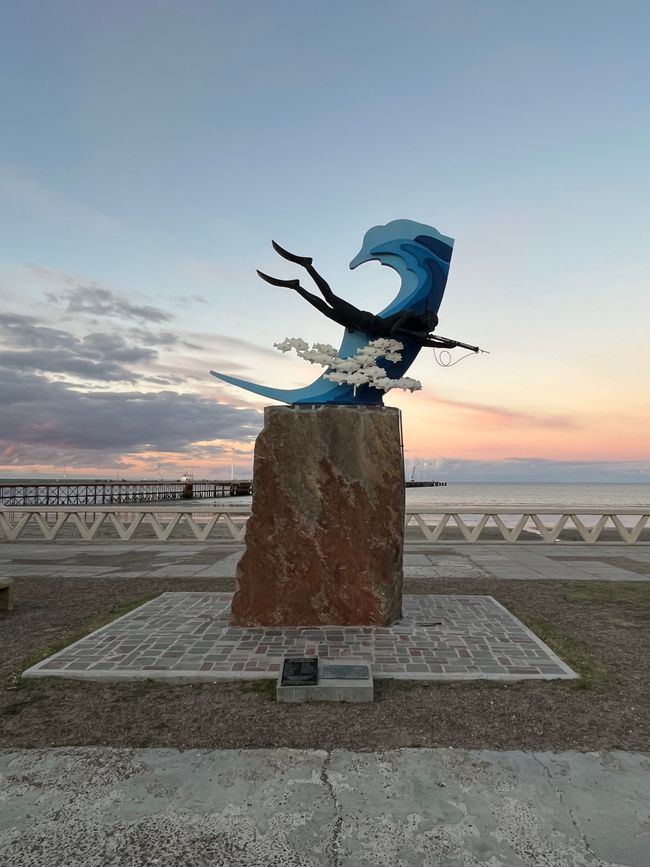
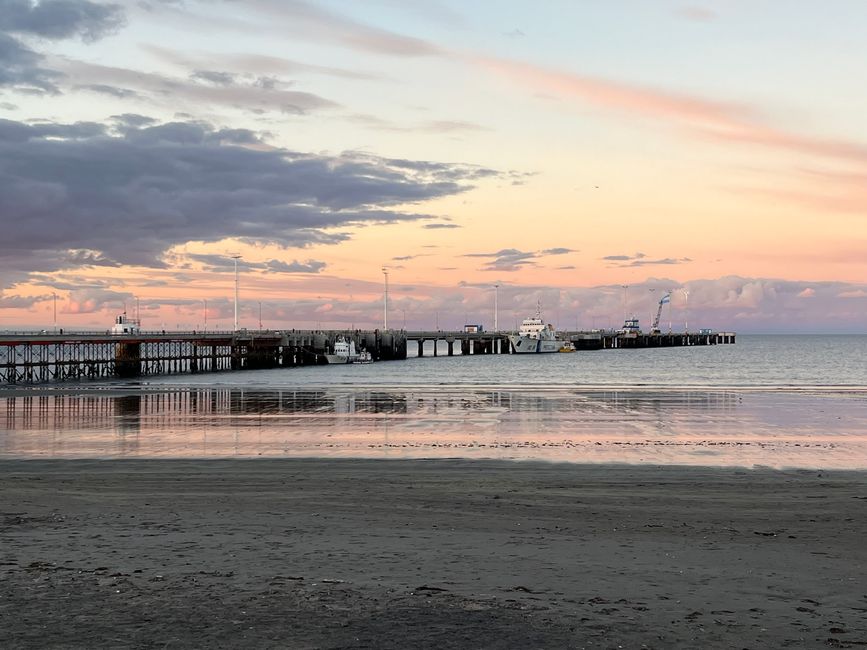
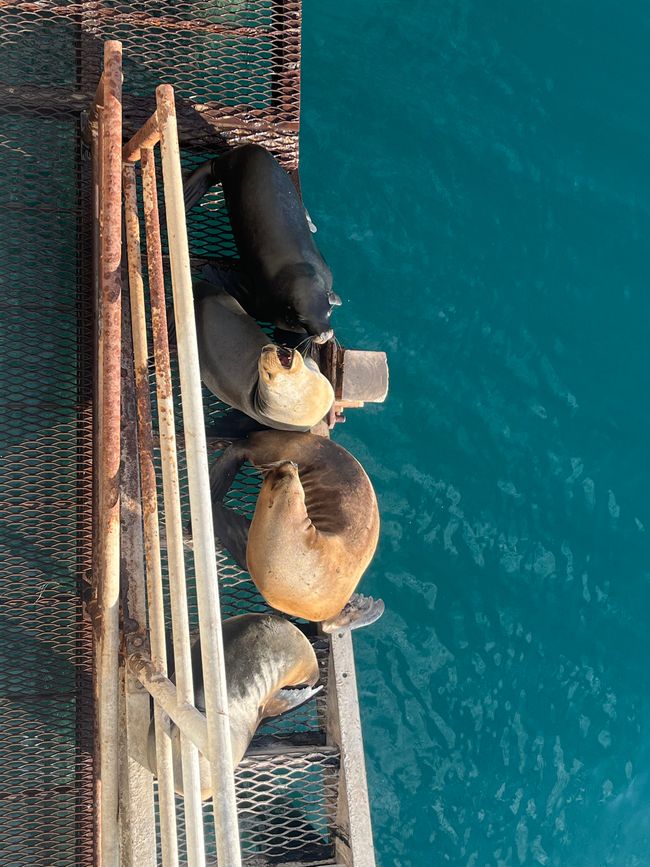
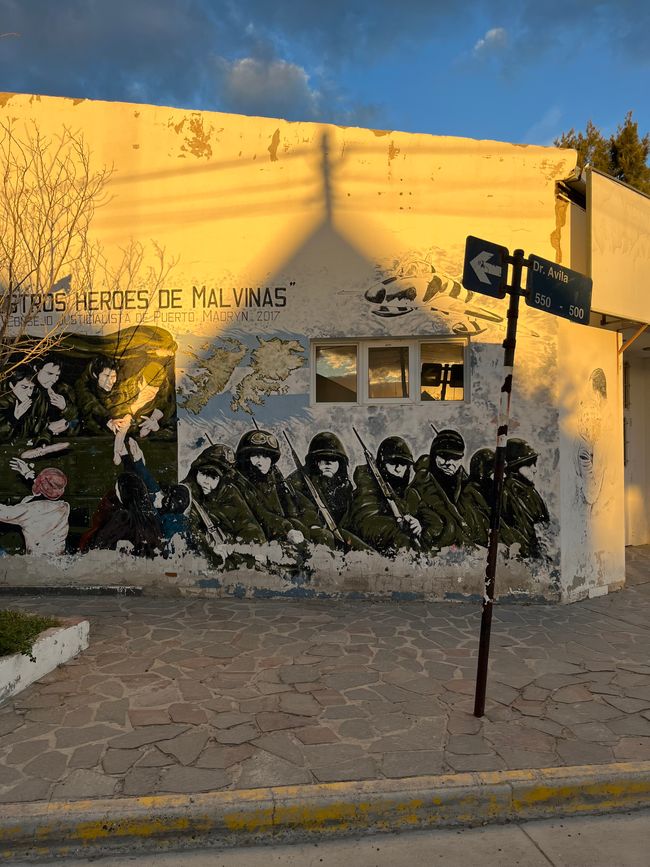
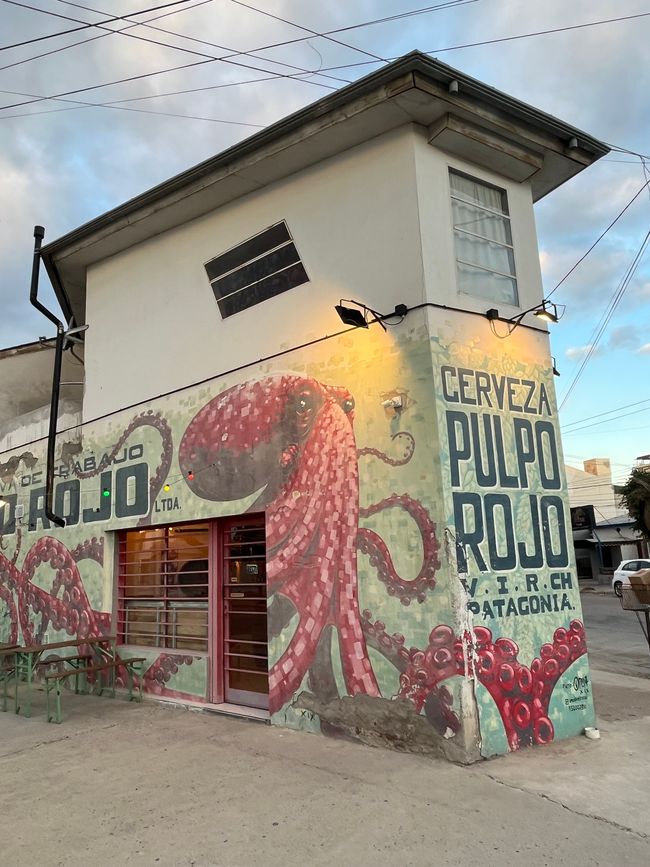


The actual plan to travel from El Chalten further north in Argentina to Bariloche proved to be quite difficult. Days before, I heard from other travelers and from the news that due to winter weather conditions, it was not possible to travel north directly. The only direct road to Bariloche was closed and therefore, bus companies were unable to offer transportation. Although I found a bus company with the destination of Bariloche, it would take a long detour along the Argentine east coast, which I considered less practical. Furthermore, the Bariloche area was completely snowed in, and the risk of getting stuck or stranded was not worth it to me, so I had to come up with another plan. Basically, the only option left was a flight to Chile, which was ridiculously expensive, or some convoluted and endless bus journey with detours to the north. Plus, I didn't want to waste any time because winter was just around the corner and it had already been snowing heavily in the previous days. So, the scenario of getting stuck down here was not unrealistic. After multiple attempts to get reliable information about the northward route from various tourist offices and travel agencies, a knowledgeable gentleman finally informed me that the only realistic way to continue my journey by land would be to pass through Rio Gallegos and Puerto Madryn. It should be noted that Rio Gallegos is located on the east coast in the far south of Argentina, so I had to travel in the opposite direction first. Okay, so I thought about it briefly and decided that the plan would be to continue the journey through Rio Gallegos and Puerto Madryn with the intermediate destination of Mendoza. It had been planned for some time that I would meet Kevin and Andrea from Buenos Aires there, and it would also be relatively easy to continue to Santiago de Chile from there. So, a total of 3,200 km of road kilometers were on the program until Mendoza, with a 3-day stopover in Puerto Madryn. The town and the adjacent Peninsula Valdez are known for their marine fauna, making it an ideal place to split the long bus journey into two parts. After driving on snowy roads and a short stay in Rio Gallegos, I continued to Puerto Madryn overnight. Since the prices for the Cama seats (the comfortable sleeping seats) were too high, I booked the "wood class" for the entire journey to Mendoza. Apart from an incredibly annoying police check in the middle of the night (the entire bus was thoroughly searched and all bags were meticulously checked), the first part of the journey was quite relaxed and I arrived in the port city of Golfo Nuevo a bit tired but in good spirits. I had already contacted another German, Christian from Rostock, who has been living in Buenos Aires for 14 years and works as a tour guide in Patagonia. He was in the city and since we had occasionally had loose contact through social media in the past, it made sense to finally meet in person here.
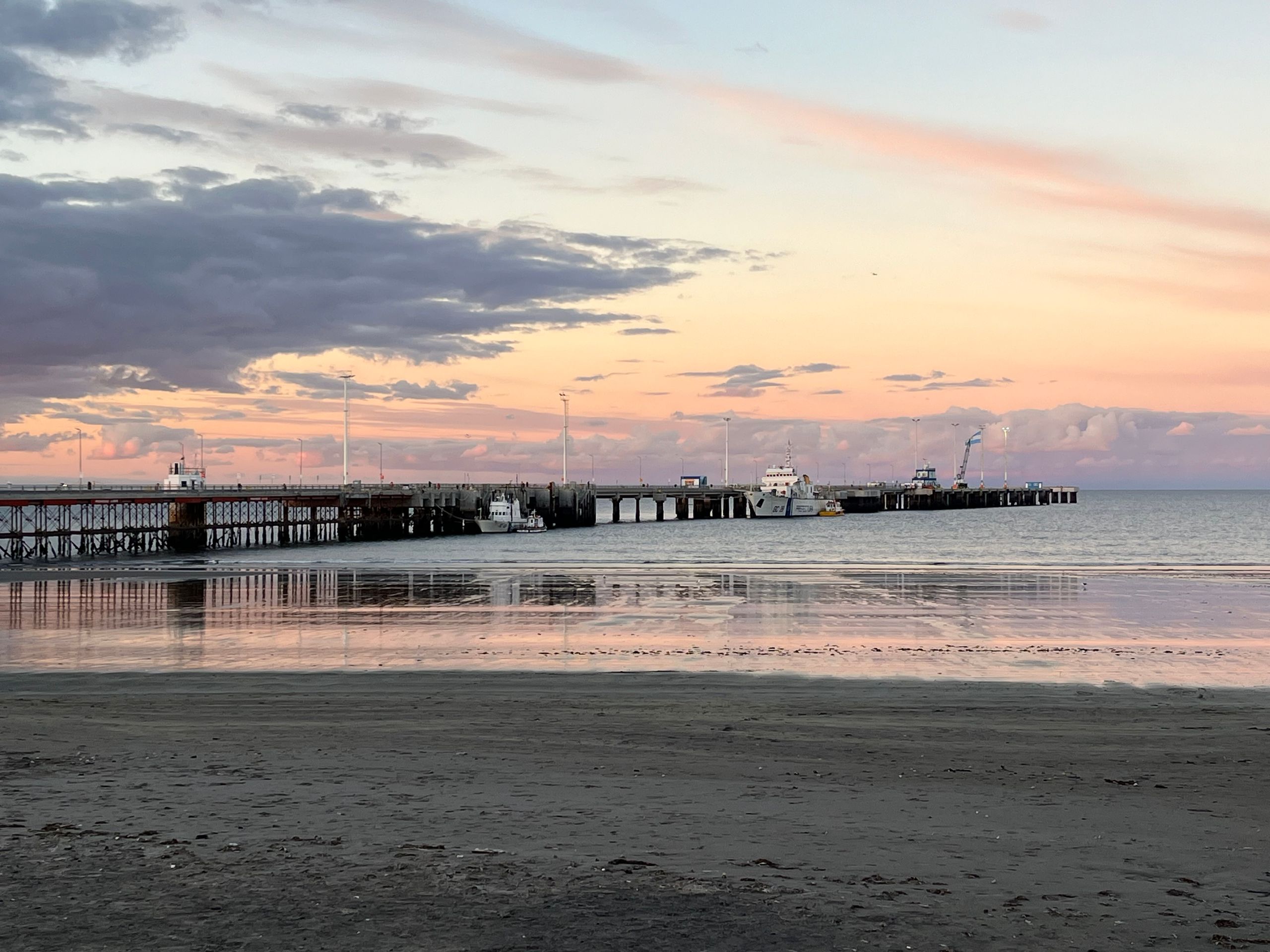
So, with the best weather, we explored the city's beach and actually did our first whale watching. I have no idea what kind of marine mammal was in the water, but the typical spouting and the tail fin sticking out of the water made for a remarkable sight. Since I had never seen one of the giants in action before, it was a new and impressive experience for me.
The rest of the day's program was quite eventful, as we attended the local derby between the two clubs Guillermo Brown and Deportivo Madryn in the second Argentine football league. Fans of the local football scene know about the intensity of such a derby, and the fortunate coincidence of it taking place this weekend fit perfectly into my rearranged travel itinerary. The area around the stadium resembled a high-security zone, and there was a lot to see during the game: lots of smoke, an impressive host's introduction, endless pyrotechnics, and finally an angry crowd that forcefully expelled the 50 (allowed) Deportivo supporters from the away section directly onto the bus.
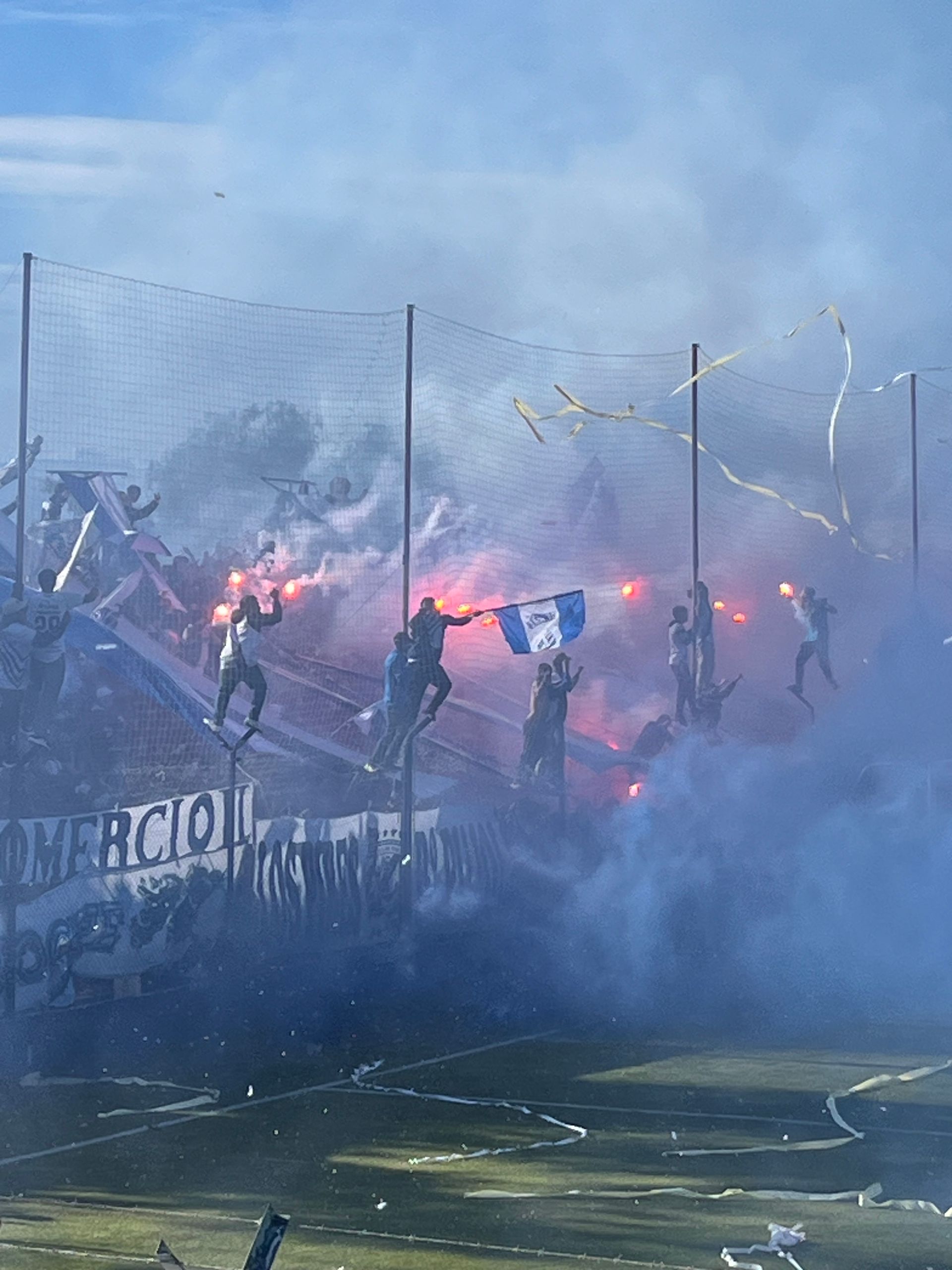
Apparently, the loud and enthusiastic celebrations after the 0-1 victory did not please everyone on the home side, and in the end, the police had to intervene with rubber bullets to calm the situation. So, there was quite a lot of action here in the lower levels of the Argentine football system, and afterwards, there was plenty to talk about.
The next day, we had a trip to Peninsula Valdez on the agenda. Christian had rented a car at a good price and invited me to explore the area with him. Peninsula Valdez is known as an absolute hotspot for whale watching, and all sorts of other marine creatures like to hang around in the bays here. In addition, here at the beaches, the unique hunting behavior of orcas has been observed, where these mighty whales come up all the way to the beach while hunting young sea lions. This has only been observed in Patagonia worldwide. At the entrance to the national park, we had a little surprise: they wanted to charge us 21,000 Pesos (20 Euros) for admission. The day before, I had heard various prices for park tickets under a glass table in the hostel: from 360 to 1200 and 2500 Pesos in recent months, so I noticed the considerable inflation, but I had not expected such a price increase. Unfortunately, this is currently the reality in this beautiful country, and of course, if you are already here, you pay for it.
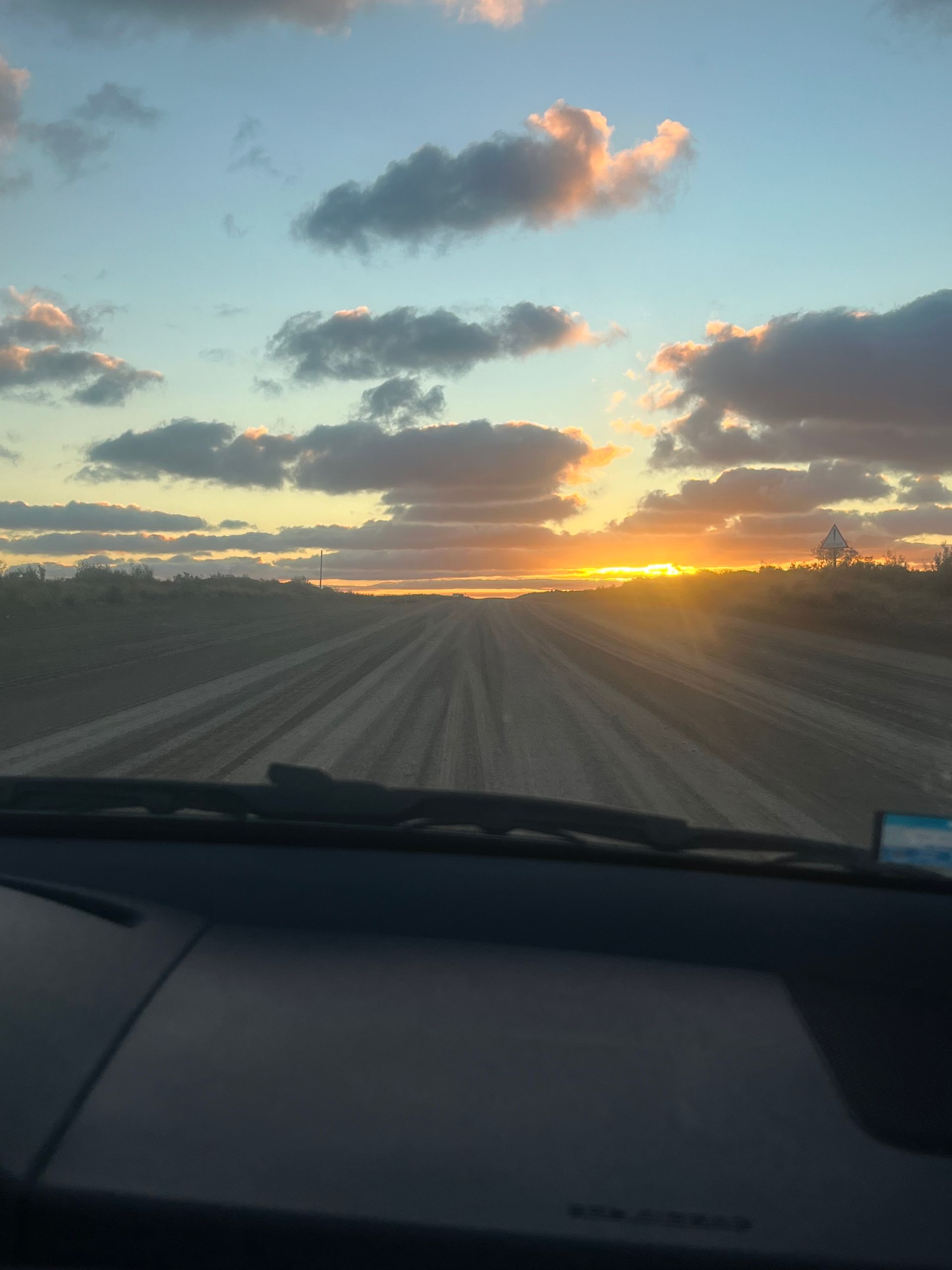
The roads on the peninsula are mostly unpaved gravel tracks where you can only drive at a maximum speed of 60 km/h, so you spend quite some time in the car before you stop at the untouched and deserted beaches to catch a glimpse of the wildlife. In this case, not necessarily a bad thing, because with an absolute Argentina expert (who also leads tourists through the wilderness) in the driver's seat, the whole trip turned into a lively question and answer game, in which I eagerly extracted all sorts of interesting information from Christian. A free lesson in culture, politics, society, and football, and incredibly interesting. The amount of knowledge this man possesses is unbelievable, and I am very happy that he enjoys sharing it with others, and I was able to satisfy my thirst for knowledge at a fairly high level, ultimately giving my (very positive) overall impression of Argentina an extra polish.
Returning to the actual day's program, it must be noted that the animal sightings were limited to a minimum, which is normal at the beginning of the season. At Playa El Doradillo, we could see several whales from a distance, and one of them even lifted its massive body entirely out of the water. There were also a few penguins, various seabirds, and a few seals and sea lions at Punta Cantor on the eastern side of the island. During the high season, there is probably much more activity here, but it was still a very interesting excursion and a very vivid example that nature here seems completely intact.
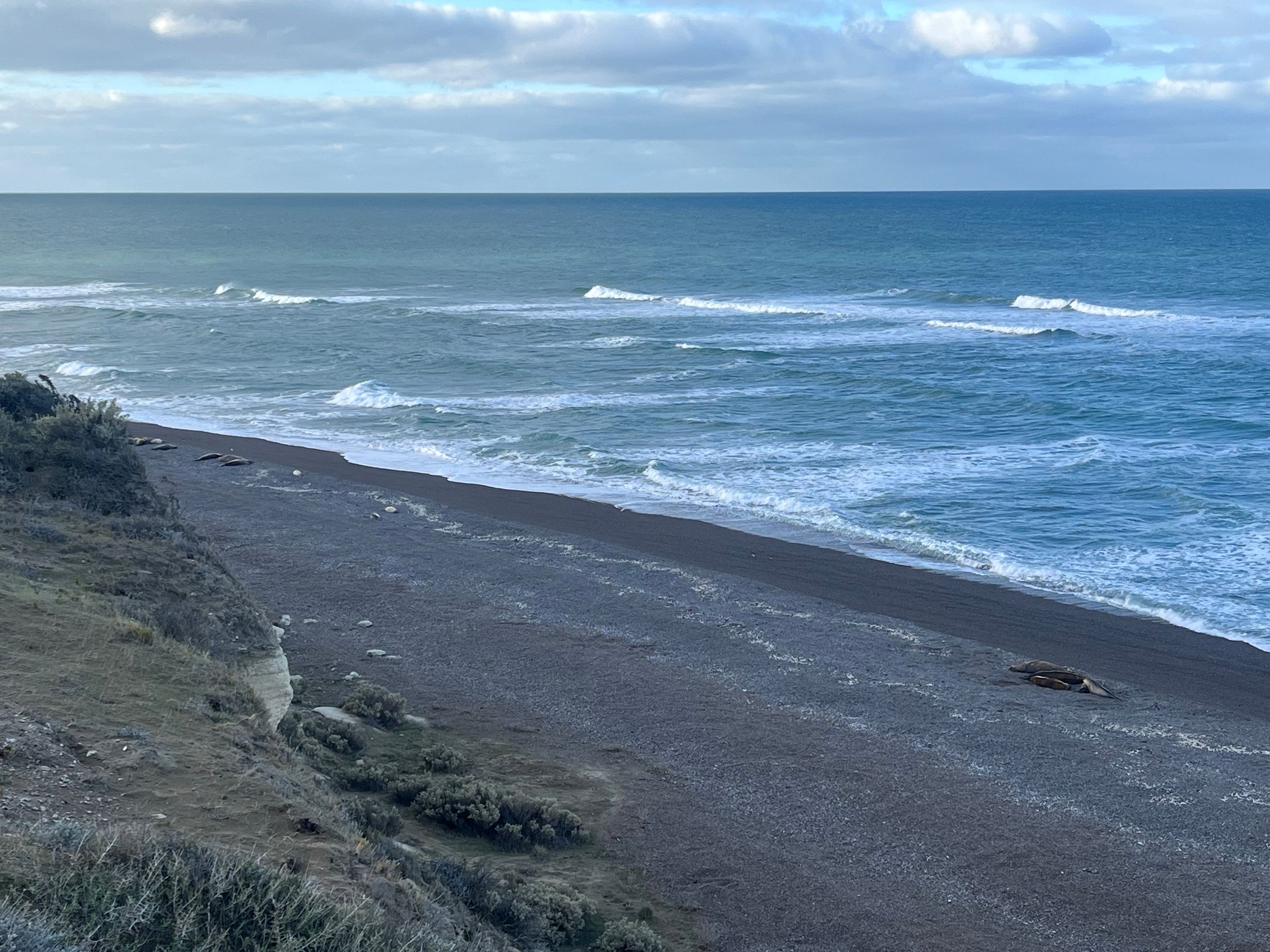
The return journey from the peninsula was very entertaining due to the good communication level, and Christian dropped me off at the bus station just before 9 p.m., so I wouldn't miss my 26-hour journey to Mendoza.
A little anecdote about Puerto Madryn: as we were observing the sea from the city's beach, Christian asked me what the next landmass would be that appears in the view straight ahead. My guess of a point somewhere in the southern part of Africa was, of course, wrong (despite having fairly good geographical knowledge), because it is actually Chile. So, you theoretically look south, beyond South Africa, Australia, and New Zealand, and the next landmass is again the South American continent, specifically Chile.
So, you get a rough idea of how far south you actually are, even though you're somewhere in the middle of Argentina.
Answer
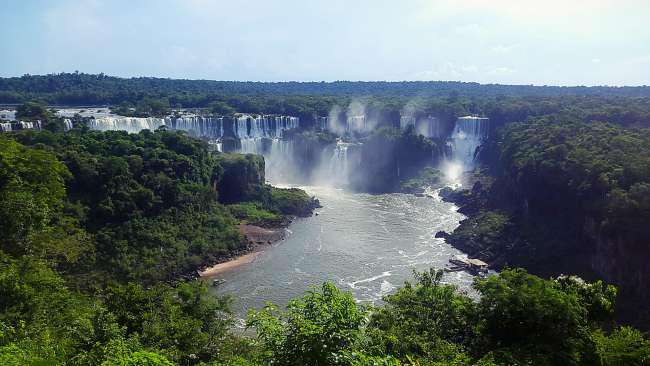
Travel reports Argentina
